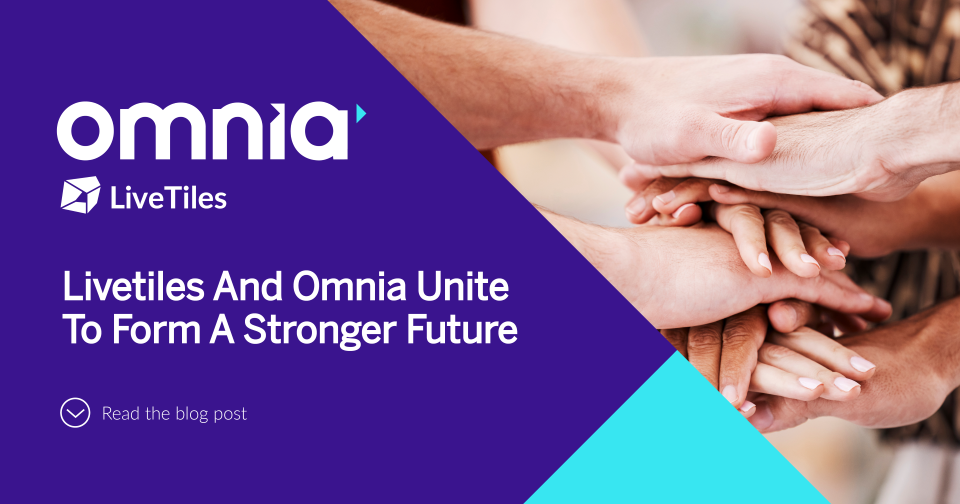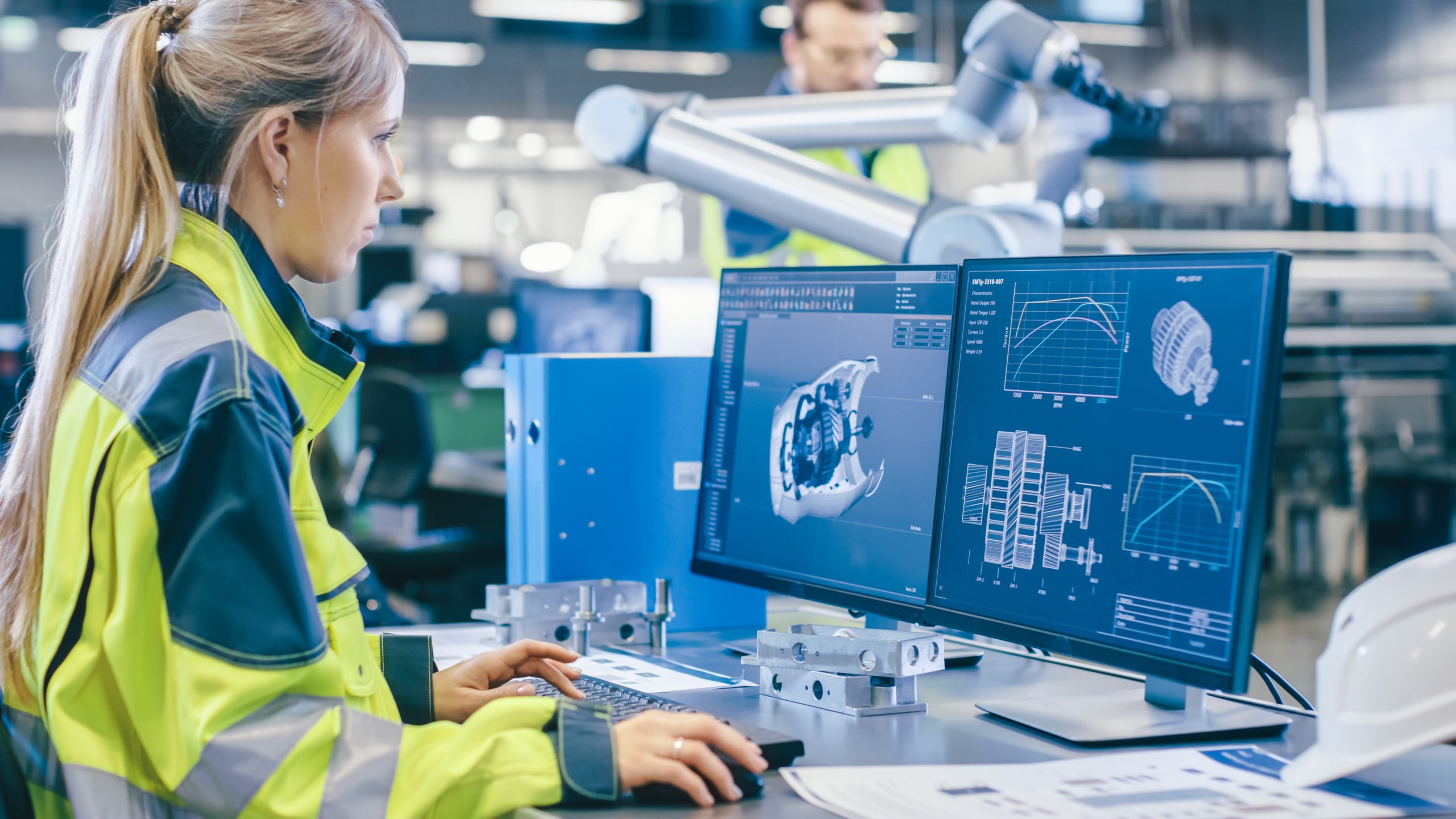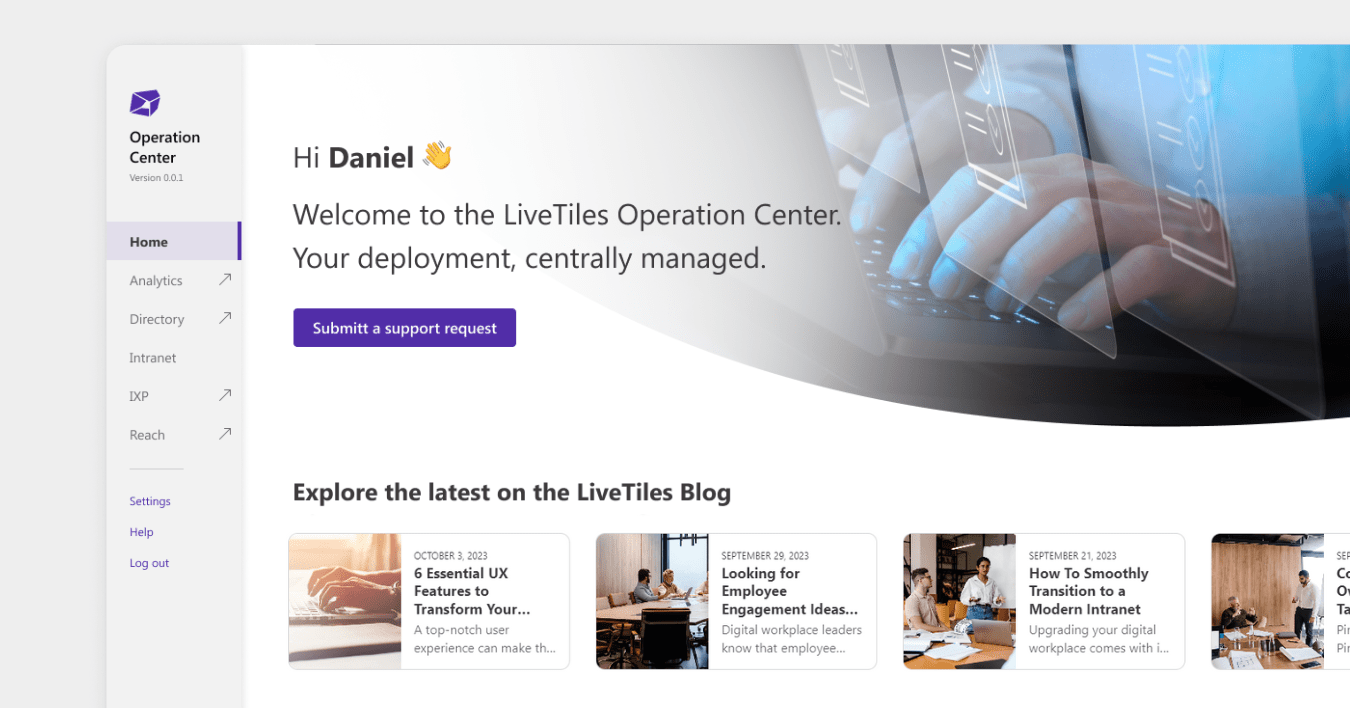The future of frontline workers in healthcare
This is the third in a series of articles about how frontline industries are planning for the future of work. In this article, we discuss the future of frontline workers in healthcare. Check out the other articles in the series for more information on frontline worker communications and planning: Enabling frontline workers in construction and How to improve internal communications at the retail frontline.
In this series, we focus on industries most affected by frontline work, including, construction, retail, and healthcare, and the specific challenges they face. We’ll explore which employees are impacted most, and how companies are planning for the future of work. From new safety protocols to closely managing the employee experience, nearly all industries have been impacted in some way or another over the last 12-18 months. And none more so than in the healthcare industry.
Industries with frontline workers have been hit hardest by the COVID-19 pandemic and required to pivot and adjust to support their teams and customers. Frontline workers in healthcare have been hit particularly hard, working extraordinarily long hours in difficult conditions. They have had to carry out an absolutely vital job in the eye of the storm.
How can technology help frontline workers in healthcare?
There has always been an intense demand for frontline healthcare workers to be on, active and engaged, no matter the circumstances. Those in this industry, working day in and day out on the ground, in hospitals all over the world, in ambulances, or in care homes, have been put through almost insurmountable challenges over the last year. Today, we must look to technology to help make communication easier and processes better. Let’s consider how to make this a reality.
Make hospitals smarter
The need for smart hospitals has never been more urgent. Similar to the experience at home, smart speakers and smart cameras help automate and inform activities. When used in hospitals, this technology will help scale the work of nurses on the front lines, increase operational efficiency, and provide virtual patient monitoring to predict and prevent adverse patient events.
Protect healthcare workers
The health and safety of healthcare workers has also become a critical element of focus. Being on the frontline of the pandemic can cause stigma from friends, family, and even colleagues. Anxiety from this can be debilitating, along with the hours and circumstances demanded by the healthcare industry. Making information on mental health services easily available to staff and colleagues via an internal app or intranet could, with early interventions, ensure a healthier future.
Other ways technology can support frontline worker in healthcares:
- Connect nurses with resources in the local and worldwide community
- Support teamwork: experienced and less-experienced workers will respond differently
- Reach out to staff who are quarantined in order to decrease the effects of isolation
- Make sure information on workplans, changes in policy, and resources are timely and frequent
- Create internal mental health training for all staff – which goes beyond using employee assistance programs and health benefits
The importance of employee apps
While hospitals are stationary places of work, there is a lot of movement within. The implementation of customised business apps that both doctors, nurses, and admin workers use is key to an efficient future in healthcare. There are several elements that should be included in an effective internal app:
Mobile ready
Giving nursing staff access to tools and important company updates even while they’re on the move or working away from the nursing station.
Ease of use
Content targeted to their role, location, and department – staff should be able to get right to the content they need without having to search through irrelevant comms.
Bottom-up and top-down content
The ability for frontline workers in healthcare to comment and suggest back to leaders the content and tools they need, for instance highlighting PPE shortages.
Chat capability
This enables frontline workers to have instant one-to-one chats with leadership, and other colleagues.
What does the future of work in healthcare look like?
Communication
To plan for the future most effectively, healthcare institutions need to hear from their frontline workers. Keeping communication channels open is important. Creating a mobile-ready app or intranet where employees can access information and give feedback on future plans or announcements is crucial to a happy, engaged workforce.
Collaboration
New, targeted healthcare networks will collaborate and innovate to improve patient outcomes. Working together across networks can enable workers to share relevant information, make processes more streamlined and efficient, as well as foster a sense of community.
Intelligent insights
Smart hospitals will create actionable insights for the entire organization out of existing data and information. This, again, will make processes more efficient for those on the frontline, help drive engagement, and improve the employee experience.
Getting started with your employee experience platform
It’s essential to use technology to improve how frontline workers in healthcare do their jobs. From safety to productivity, the right solution can transform how your employees do their jobs and how your healthcare institution operates. For the healthcare sector, dealing with the post-traumatic stress of the COVID-19 pandemic, enabling more efficient processes, and creating streamlined employee experiences has never been more important.
LiveTiles Reach is a bespoke employee experience app that is designed to improve the working life of your frontline workers. It comes complete with all the features you need to make sure all your employees in hospitals, paramedics on the road, and remote-based doctors and nurses feel happy, empowered, and productive.
If you want to find out more about LiveTiles Reach, get in touch with our team today.









